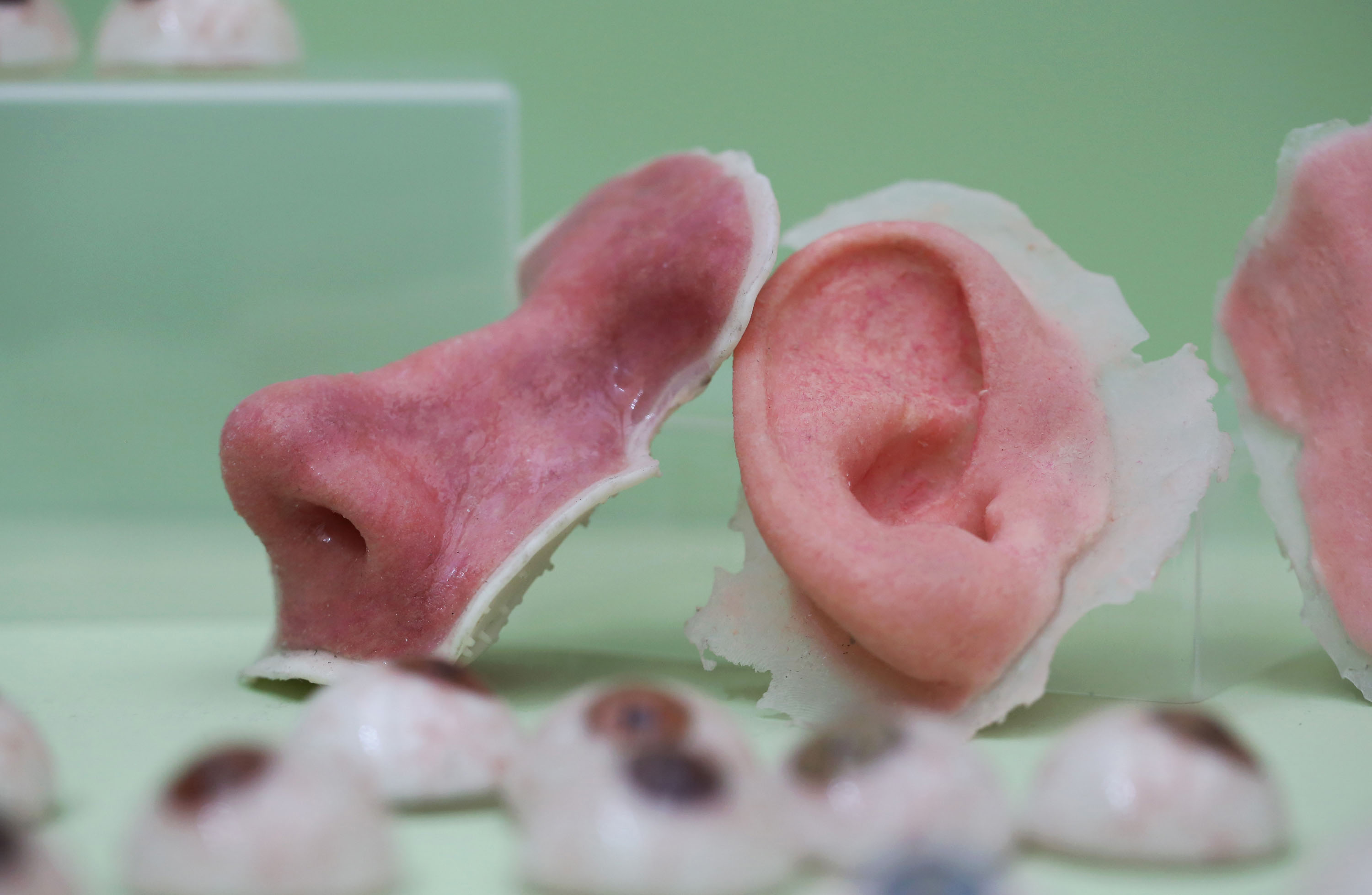Three-dimensional printing used to construct everything from art to toys to spare parts for space stations may one day produce human organs at a hospital near you.
The 20-year-old technology uses liquid materials that become hard as they print out 3-D objects in layers, based on a digital model. Current medical uses are in dentistry, for hard-material crowns, caps and bridges, as well as prosthetics. Last year, a 3-D printer was used to create a structure from moldable polymer that replaced more than 75 percent of a patient's skull.
Now, Organovo Holdings Inc. is using 3-D printers to create living tissue that may one day look and act like a human liver, able to cleanse the body of toxins. Drugmakers and cosmetic companies already plan to use 3-D printed human tissue to test new products. Eventually, the technology may help reduce organ shortages and cut transplant rejections as patients receive new organs constructed from their own cells.

















With your current subscription plan you can comment on stories. However, before writing your first comment, please create a display name in the Profile section of your subscriber account page.